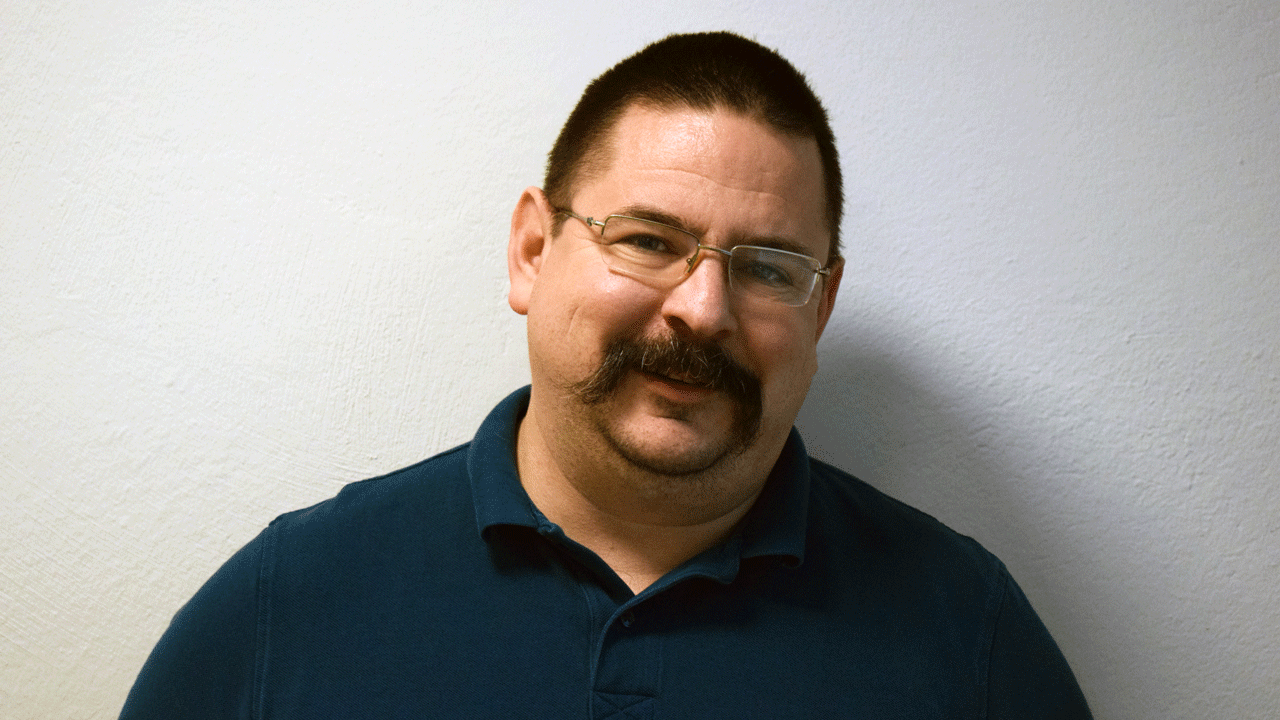Rocket helps KTH researchers study Northern Lights

Last week, the SPIDER-2 rocket could finally launch from the Esrange station outside of Kiruna. The rocket, tasked with examining processes within northern lights, demanded perfect weather conditions to lift. Nickolay Ivchenko, Associate Professor in Space and Plasma Physics, is the project’s manager and head researcher.
Hi Nickolay Ivchenko! Tell us about SPIDER-2. What are you hoping to discover?
"The SPIDER-2 experiment targets the physical processes in the part of the ionosphere that cannot be explored by satellites (that burn at these low altitudes) nor by balloons (that do not raise high enough). The region around 100 km altitude is thus only accessible for measurements by sounding rockets.
The SPIDER-2 rocket does not only carry instruments on the main rocket, but also ejects twelve free-flying units. Eight of these free-flyers deploy thin wire booms with electrodes to measure electric field and plasma properties. The other four are for measuring the altitude profiles of neutral winds and temperature.
The rocket studies the region with strong interaction between the ionosphere and the neutral atmosphere. Electric fields set electrons in motion at hundreds meter per second velocities, while ions move together with the neutral atmosphere, which can have winds of tens of meters per second, in a different direction. It is the interaction between these neutral and plasma flows that we want to study on a range of spatial scales."
You were present at Esrange in Kiruna. The lift-off took some time. Why was that? How was the wait?
"The difference between a satellite and a sounding rocket is that one can hardly control when and where the satellite will pass, while for a sounding rocket the launch moment can be precisely controlled. This means holding the launch off until the conditions are right. In our case we wanted the rocket to fly through aurora with its electric fields and currents. A clear sky is also required for ground-based observations of the aurora, in our case using the ALIS4D network of auroral imagers operated by Swedish Institute of Space Physics around Kiruna. There are also a number of technical conditions, such as the safety requirements on the tropospheric winds, to ensure that the rocket follows the nominal trajectory. Our free-flyers are recovered by helicopter, so the weather forecast for the morning after the launch night should be good for flying, and without precipitation.
It has been difficult to meet all these requirements, so we have had to wait for quite a long time. The weather in January has been rather problematic, with much snow and cloud cover. Of course the waiting was disappointing, but there is nothing to be done about it. On the other hand, when all the conditions were right, it was great to finally launch the rocket."
What is the next step after you have collected the data from SPIDER-2?
"Now we have a great deal of data from the rocket, and other inputs are coming in from our colleagues, for example the ground-based images of the aurora. Then the exciting work starts to puzzle together a coherent picture of what aurora was doing when the rocket flew through. In the case of SPIDER-2, the flight went through a pulsating aurora, with patches turning on and off within a period of several seconds. It will be interesting to see the relation of electric currents and plasma parameters to these pulsating patches."

